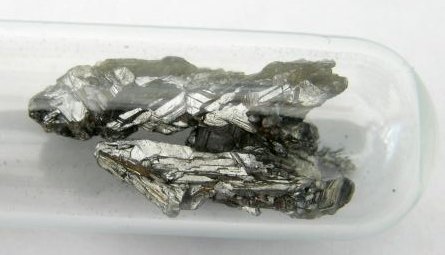Ars enic contamination of groundwater is a problem that affects about 140 million people around the world. Now researchers have developed a model that can predict the location of high-risk contamination, and are using it to identify potential arsenic hotspots in China.
enic contamination of groundwater is a problem that affects about 140 million people around the world. Now researchers have developed a model that can predict the location of high-risk contamination, and are using it to identify potential arsenic hotspots in China.
Many people living in arid parts of China are dependent on deep wells that tap groundwater aquifers. But local geology means than some of these aquifers have dangerously high levels of naturally-occurring arsenic. In 2001, the Chinese Ministry of Health started screening the country's wells, and it had checked almost half a million by 2005. But that expensive operation covered just 12% of China's counties - it would take decades to do the rest.
A team led by Luis Rodriguez-Lado at the Swiss Federal Institute of Aquatic Science and Technology has developed a way to speed up that process. Their model looks at eight geological factors, including soil salinity, wetness and topography, which together reveal where groundwater is likely to be laden with arsenic.
The researchers tested the model using data from sites that have already been surveyed in China. It classified areas as either high or low risk, depending on whether arsenic levels in water exceeded the 10 microgram per litre limit recommended by the World Health Organization. The model correctly identified 83% of the high-risk areas.
Overlaying those arsenic risk figures on to a population map reveals where the greatest numbers of people face worrying arsenic exposure. That should allow Chinese authorities to prioritize their water testing.









Comments
Add a comment